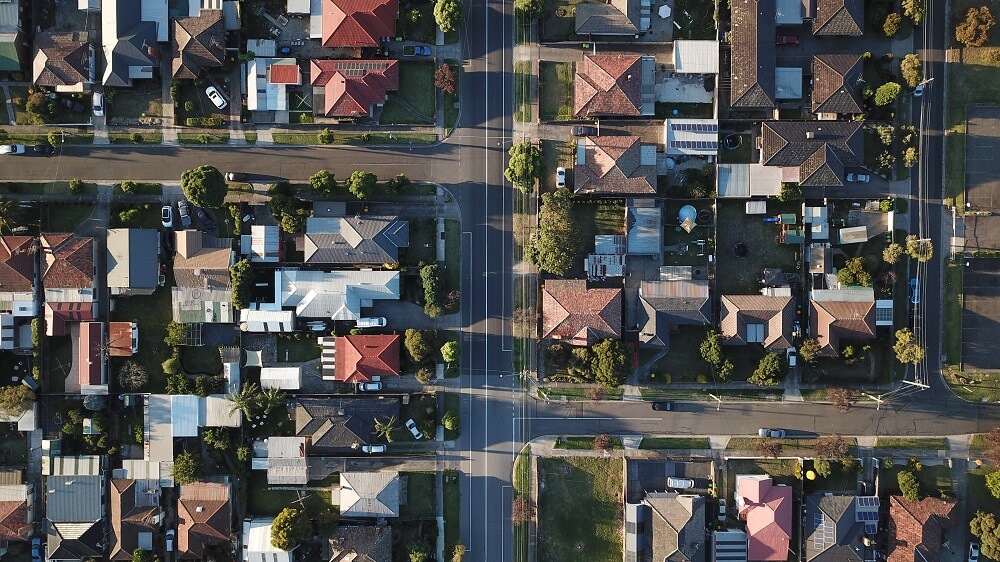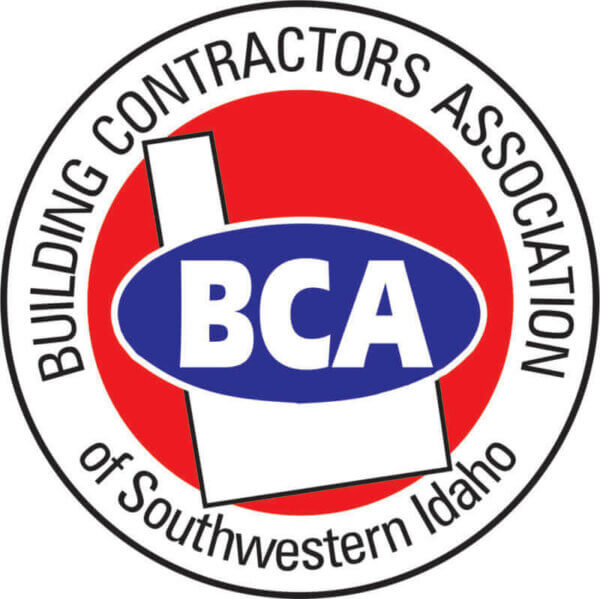Why Chimney Caps Are So Important
So, you moved into a house with a fireplace? Perhaps you built one yourself, thus fulfilling your life’s work? Whatever your circumstances may be, we at FAMCO understand the comfort that comes with fireplace ownership, as well as the importance of keeping said fireplace safe for consumption.
Regardless of what the situation is between you and your fireplace, understanding the importance of a chimney cap is what protects not only investment, but potentially your life as well as the ones of those you care about most.
Before we dive into what happens on the outside, let’s get started on proper fireplace maintenance.
Maintaining Your Newly Acquired Fireplace
Before wading into the morass of fireplace upgrades, it’s important to understand how said fireplace works. Identifying your new fireplace should be your first step, followed by the respective maintenance steps for each one.
As with anything that requires exposure to carbon monoxide, please exercise caution by using the appropriate PPE (respirator, knee pads, gloves, etc.).
Wood-Burning Fireplace
Typically comprised of a mantle, hearth, and flue handle. The flue handle has two positions: open and closed. Learn which positions indicate open and closed. A closed flue with an open fire can cause smoke and carbon monoxide to fill your home.
Materials You Will Need:
- Stiff bristle hand brush
- Mild dish detergent
- Tri-Sodium Phospyate (TSP)
- Bleach
- White Vinegar
Monthly Maintenance Steps
- Wait 12 hours after your last fire to clean it.
- Remove all ashes and dust from the hearth using a brush and dustpan.
- Clean grate/andirons with a brush and a mild dish detergent.
- Scrub each wall with a dry brush, and sweep up any ashes, dust, or creosote.
- Mix 3 tablespoons of TSP, 1/2 cup of bleach, and a quart of hot water to make a scouring solution. Spray on walls and let sit for 5 minutes before scrubbing.
- Clean glass doors with a 50/50 white vinegar/water solution.
Note: Do not scour brick fireplaces over 50 years old, as it can wear them down.
Gas-Powered Fireplace
Easy to use and needing little maintenance, the flames in these fireplaces tend to be adjustable, and require only periodical cleaning of the logs and integrity check of the door gasket. If at any point you smell gas, cut the supply to your fireplace and call an expert.
Materials You Will Need:
- Vacuum with hose attachment
- Paintbrush
- Cheesecloth
- Cleaning rags
- White vinegar
Monthly Maintenance Steps
- Turn off the gas.
- Disassemble the fireplace.
- Brush and inspect all individual parts (logs, metal screen, mesh, etc.).
- Vacuum dust and cobwebs. To clean small parts, place cheesecloth over vacuum hose attachment.
- Polish glass and/or metal with a 50/50 solution of white vinegar and water.
- Wipe off excessive moisture from all parts.
- Reassemble in reverse order.
Now that we’ve gotten the two types of fireplaces that benefit from outside ventilation, let’s talk about chimney caps.
Why Chimney Caps are Important
We at FAMCO agree that a fireplace that isn’t properly ventilated or protected is more of a liability than a luxury. An unprotected chimney can serve as a proverbial beacon for every possible bad scenario to occur. Smoke, moisture, downdrafts, and even the occasional wild animal can wreak havoc on the health of your indoor environment.
A well-designed chimney cap offers the following benefits:
- Prevents water from entering the chimney.
- Keeps out wild animals that may otherwise get trapped.
- Prevents build-up of branches and leaves.
- Stops embers from leaving the chimney.
- Blocks downdrafts, which can blow smoke into your living space.
Not only are you doing your part to protect wildlife, but you’re also protecting yourself and your family from carbon monoxide poisoning, fire, and more.
Different Types of Chimney Caps
So you’ve decided that a chimney cap would make an invaluable addition to your amazing fireplace. At FAMCO, we offer a wide variety of chimney caps for both round and square base chimney caps to fit multiple circumstances.
Do remember that the core function of a chimney cap is basically to prevent downdrafts while stopping embers from escaping and potentially causing a wildfire.
Square Base Chimney Caps
Our square base chimney caps are designed for gas, coal, and wood-burning fireplaces, and prevent downdraft while promoting updraft by design. Wind blowing over the caps are forced to change direction, which creates a vacuum that makes the latter possible.
Different Types of Round Base Chimney Caps
Cone Top Chimney Cap with Screen: An all-weather cap that keeps rain and snow from entering the chimney. Built for a single wall pipe.
Wind Directional Chimney Cap: This cap follows wind direction and creates a vacuum in the flue as wind passes over it, enhancing draft efficiency. Built for a single wall pipe, but can fit an insulated, double, or triple pipe with an adapter.
In the end, the right chimney cap for you boils down to what your situation and needs are. Which brings up the subject of material and aesthetic.
Should I Choose Copper, Galvanized, or Stainless Steel Chimney Caps?
Before looking at what makes these materials different, let’s look at what makes them similar: they’re all resistant to corrosion and rust. However, they all age differently and slower/faster depending on environmental factors. Here’s what makes them different.
Copper
Over time, copper will oxidize and take on a greenish hue. This transformation actually prevents more corrosion from occurring.
Galvanized Steel
Steel that has been coated with zinc. Galvanized steel will eventually rust, but the protective coating of zinc will continue to preserve the underlying steel for a period of time.
Stainless Steel
These alloys typically contain a high amount of chromium, which quickly oxidizes and forms a protective layer of chromium oxide that resists corrosion.
All of the above-stated FAMCO chimney caps typically come with a choice of all three of these options, so make the choice that fits your environment, needs, and personal aesthetic best.
Installing Your New Chimney Cap
Alright. So you’ve taken the measurements, and ordered the chimney cap that’s going to work best for you. To ensure maximum efficiency and reliability of your chimney cap, it’s important to follow all of the installation instructions that accompany your chimney cap.
Do bear in mind that some of the chimney caps listed above may require the purchase of an adapter to function properly. Further, some models may require the use of a storm collar to prevent them from blowing off in a strong wind.
Chimney Cap Maintenance
As for the chimney cap screen, its core function is to keep out critters and insects. However, it can also create a potential fire hazard as soot, creosote, and other debris clog the screen. Further, the appearance of this build-up could be indicative of what’s occurring inside of the chimney.
We suggest having a professional chimney sweep maintain your chimney cap and all other parts on an annual basis. Only perform the steps listed below if you are able to safely undertake them.
- Grab a wire brush and climb up to the chimney.
- Inspect the chimney cap screen for excessive build-up. If a shiny, black residue is apparent, call a professional chimney sweep to clean the flue.
- With a wire brush, scrub off any built-up creosote and soot off of the screen.
Final Words on Chimney Caps
In the end, selecting the right chimney cap for you comes down to: where you live, what type of weather you typically experience, and what your personal tastes are. If you aren’t sure which chimney cap would be right for you, get in touch with us and we can answer any questions you may have.
Regardless of the need or size of the job, FAMCO can hook you up with the chimney cap that’s right for you.






